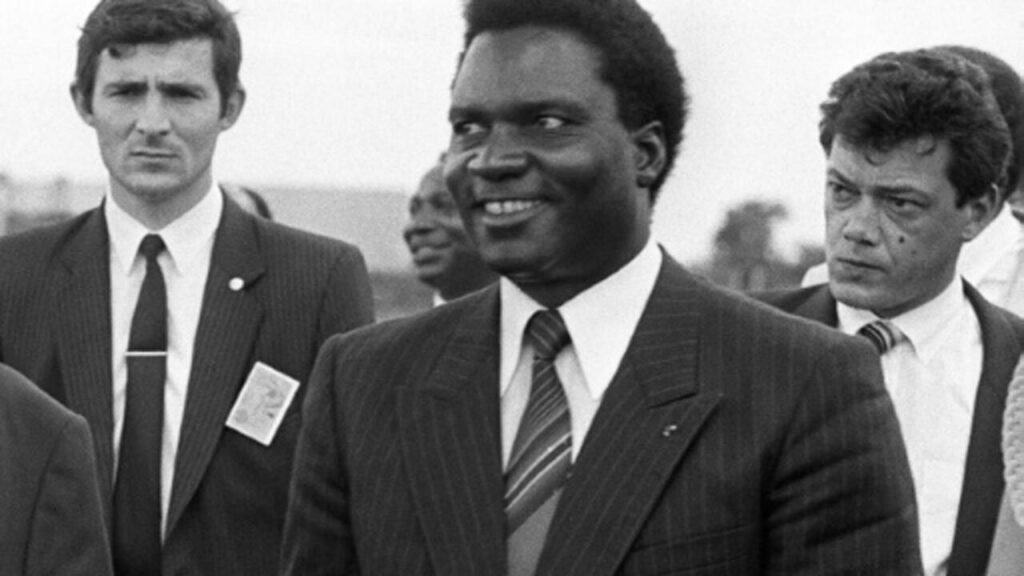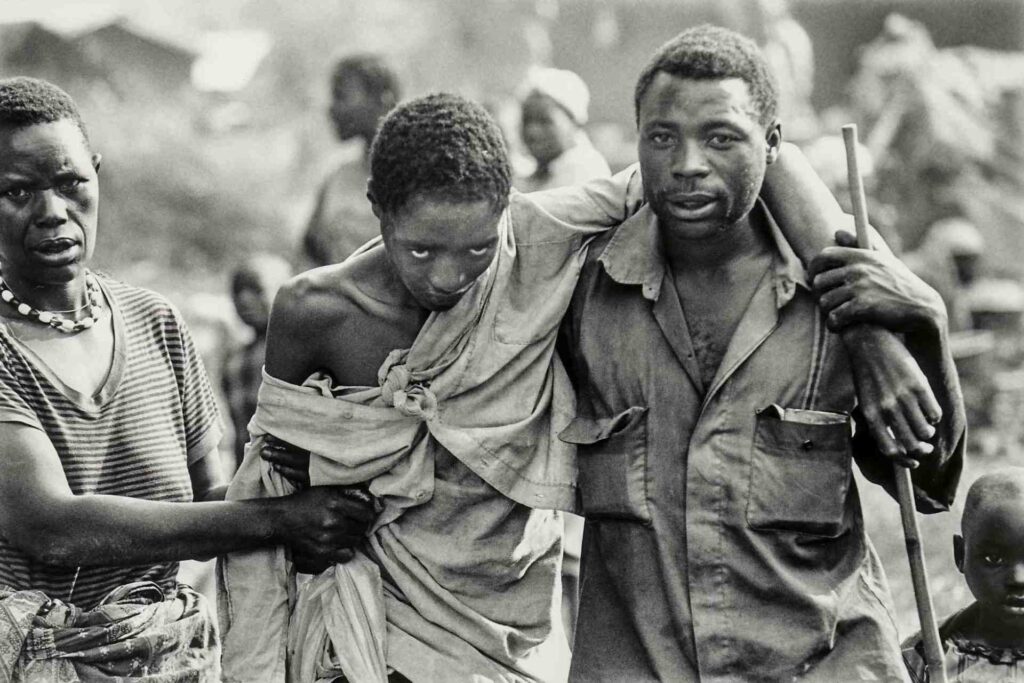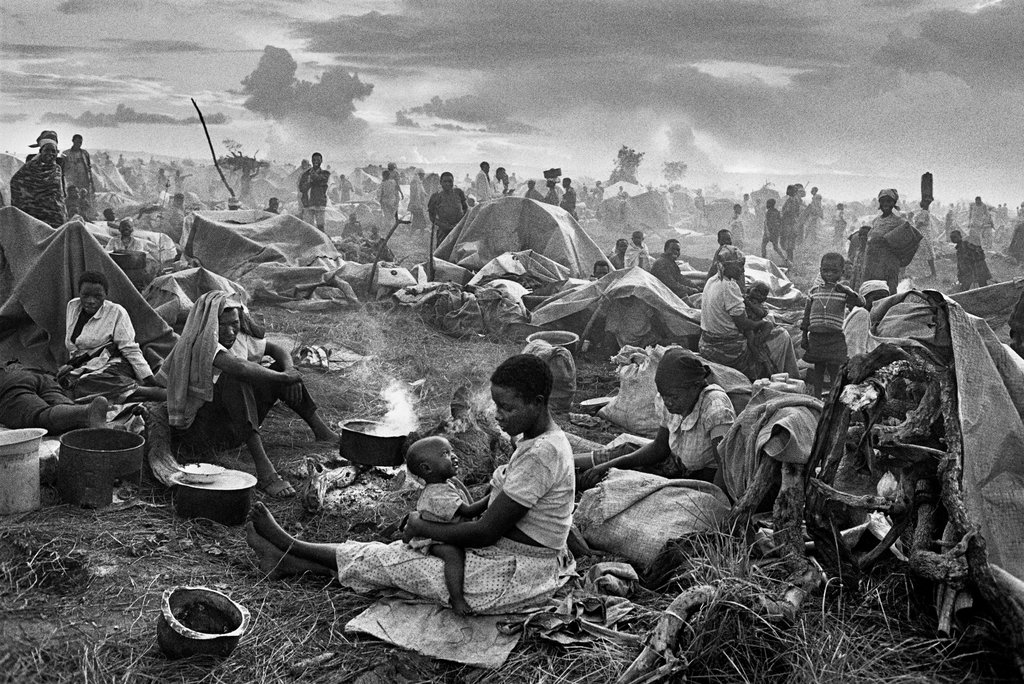By Dimitris Topalis,
This year marks the 28th year since the Rwandan Genocide. In the year of 1994, the members of the Hutu in the east-central African nation of Rwanda did one of the most violent and brutal things any nation can do: they committed genocide and murdered up to 800,000 people. The people that they murdered mostly came from the minority of the Tutsi. The genocide started in the capital of Kigali and was spread quickly and shockingly. The local authorities pushed the ordinary citizens to take up arms against their neighbors. By the time the Rwandan Patriotic Front gained control of the country, it was already too late, as hundreds of thousands of Rwandan people were dead and as many as two million people had fled the country as refugees. As we can easily understand, there was tension that boiled in previous years, leading to the atrocious act of the Rwandan genocide.
The ethnic tensions in Rwanda
In the year 1990, Rwanda was a small country that had a great agricultural economy and had the highest population in Africa, with lots of different ethnicities in it. The majority of the population were the Hutu, while the remaining population consisted of the Tutsi, Twa (or Batwa), and a Pygmy group (who were also the first people that lived in Rwanda). During Rwanda’s colonial period, the rulers of Rwanda were the Belgians, who favored the Tutsi over the majority, marking the start of the tension in Rwanda. In the year 1959, the tensions reached a boiling point, as a Hutu revolution forced around 333,000 Tutsi people to flee the country in fear for their lives. That meant that the already small minority of the Tutsi became even smaller and, in the year 1961, the Hutu forced the Tutsi monarch into exile, declaring Rwanda a republic country. In July 1962, the United Nations interfered, and Belgium granted independence to Rwanda, but the damage had already been done, and it was irreversible.
The violence continued until 1973 when a military group put in a position of power a Major General — Juvénal Habyarimana, who happened to be a Hutu moderate. The same General founded the National Revolutionary Movement for Development, which meant that tensions would not go away. Juvénal Habyarimana was elected president in 1978 and was later re-elected twice in 1983 and 1988, as he was the only candidate. In 1990, the tensions were at an all-time high, as the forces of the Rwandan Patriotic Front, which was mostly formed by Tutsi refugees, invaded Rwanda. Habyarimana accused the Tutsi residents of being behind that movement, arresting hundreds of them.

The beginning of the Rwanda genocide and its spreading
In the year of 1994, a flight that had as passengers both Habyarimana and the Burundi president was shot down over the capital city of Kigali, with no survivors. When the conflict occurred, some blamed the Hutu extremists and others blamed the Rwandan Patriotic Front. A little while after the plane crashed, the authorities of Rwanda and the militia groups started to kill the Tutsi people and the Hutu moderates. The killings were merciless, and amongst the dead were even the Belgium politicians that were sent there as peacekeepers.
The killing of the Belgium peacekeepers meant the withdrawal of the Belgium troops. One of the most unexpected things was how fast the genocide spread from the city of Kigali to the rest of Rwanda. Although the Tutsi resisted for the first two weeks of the genocide, they fell eventually, as the officials made people into killers with other methods. In the tough times of the genocide, the officials of Rwanda started to reward the killers with food, money, and drugs. The radios that belonged to the government started to tell the ordinary people of Rwanda to take up arms and kill their neighbors. Within a small period of three months, about 800,000 people were murdered. Despite all the slaughters and deaths, the Rwandan Patriotic Front continued to fight, and that created a civil war during the genocide.
The Rwandan Patriotic Front forces gained control of most of the country and the capital of Kigali. While those things were happening, up to two million people left Rwanda (mostly Hutus), and went into refugee camps in Congo and in other neighboring countries. The winners of the civil war were the Rwandan Patriotic Front. The international response to the genocide of Rwanda was not even a try. During the same time atrocities were commuted into Yugoslavia, and the international community decided to remain on the sidelines.

In my opinion, the genocide of Rwanda is one of the most atrocious events that took place in recent history. It is a truly vile part, and it shows what humans can become during a time of testing. The international community could have done a lot during the genocide of Rwanda, as they were the ones to start the conflict in Rwanda, but they could not risk the lives of their men somewhere that they did not have interests. It did not matter that a genocide was committed — but apparently, at the same time, it was indeed a matter of interest.
References
- Rwandan Genocide, history.com, Available here
- Rwandan Genocide, worldwithoutgenocide.org, Available here
- Rwanda genocide: 100 days of slaughter, bbc.com, Available here




